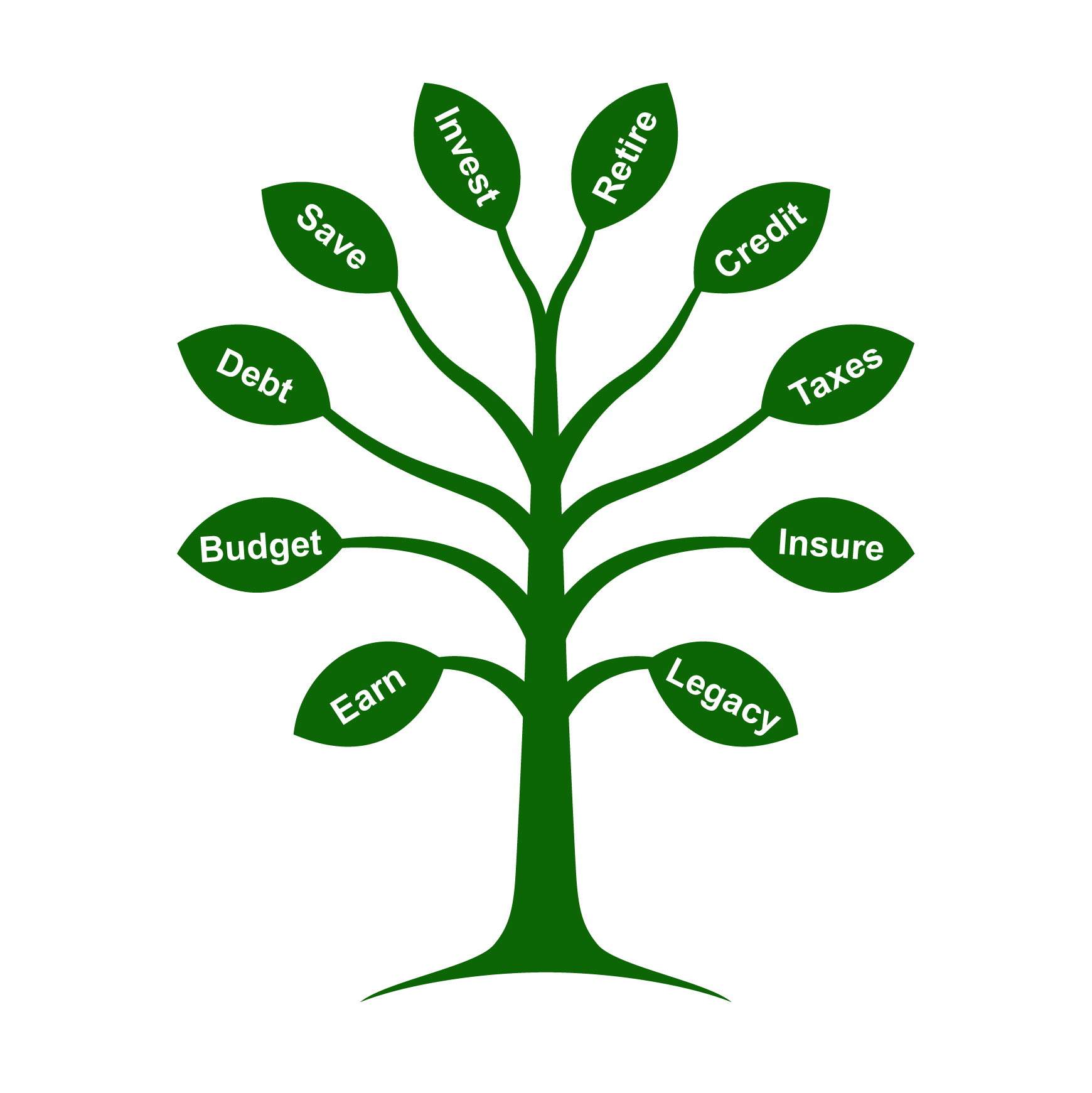Makeover Your Meetings

“People who know what they’re talking about don’t need PowerPoint.”
– Steve Jobs
The length of time we spend in meetings has increased significantly in the last half-century. Today’s executive spends an average of almost three full workdays per week (23 hours) in meetings — that’s up from fewer than 10 hours per week in the 1960s. Here are five tips to make yours leaner and more productive.
1. Start with a recap. Begin with a status report on all items from your last meeting. If things are getting done, it’s a motivating morale booster — if not, it’s a motivating kick in the butt.
2. Take a bite out of the Apple. Steve Jobs ended his meetings by assigning a Directly Responsible Individual for specific tasks. Creating accountability helps make sure clear direction is given and projects are followed up on. Combine #1 and #2 for even greater impact.
3. Have a goal. All meetings should not only have a clearly defined agenda, but a clearly defined goal as well. “Discuss upcoming annual conference” is probably not the best goal for a focused and productive meeting. What do you want the actionable results of the discussion to be? Assign conference prep tasks? Brainstorm ideas for keynote speakers? Plan a social media strategy for the event?
4. Get on your feet. Standing meetings keep people energized and meetings no longer than they need to be. They can also help participants stay engaged and be less territorial. Researchers at Washington University in St. Louis found that standing meetings also facilitated information sharing. Just make sure this format doesn’t present a physical hardship for any employees and that meetings remain short and focused.
5. Avoid having it. Don’t schedule “status updates” or other similar types of discussions that could be accomplished by alternate means such as email or Slack.
Meetings are often stressful, but they don’t have to — and ideally shouldn’t — be that way. In fact, some research shows that expected stressful events can cause decreases in working memory later in the day. And memory impairment can certainly impair worker productivity. So make your meetings something employees feel good about rather than dread, and reap the benefits of their increased productivity too.
If you’re a productivity junkie (and we know you’re out there), be sure to check out Branches Productivity. It’s available free for a limited time. In it, you’ll find tips to make your to-do list more effective, save time and set goals that get results. And the best part — you can read the guide and learn this new system in less than an hour.
Help grow this idea.
Do you have any tips for better, more productive meetings? Please share them below. Or shall we call a meeting to discuss?
Sources:
https://www.reuters.com/article/us-psychology-group-meetings-productivit/standing-meetings-may-improve-group-productivity-idUSKBN0EV29V20140620
https://hbr.org/2017/07/stop-the-meeting-madness
https://orgscience.uncc.edu/sites/orgscience.uncc.edu/files/media/Rogelberg%20et%20al.%20-%202007%20-%20The%20science%20and%20fiction%20of%20meetings.pdf


